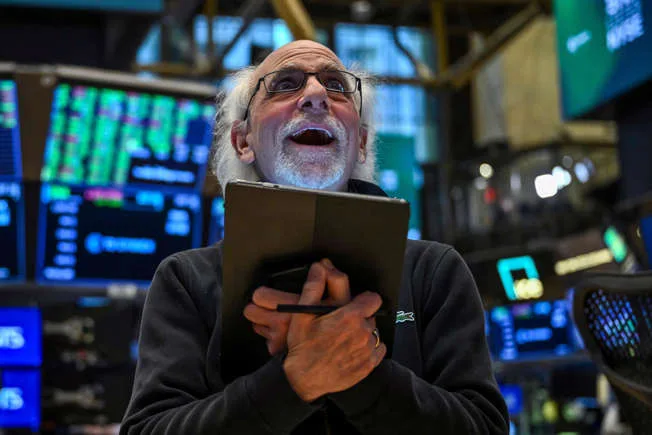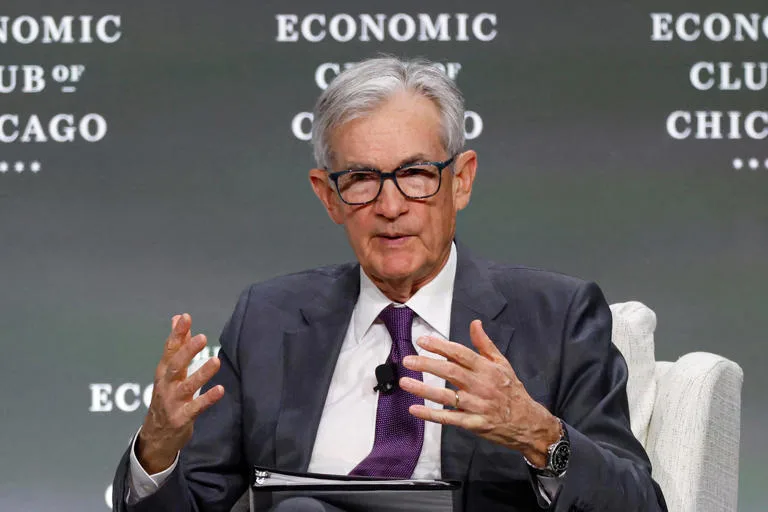President Donald Trump didn’t hold back in his latest criticism of Federal Reserve Chair Jerome Powell, declaring on social media that Powell’s “termination cannot come fast enough!” The outburst came just a day after Powell warned that Trump’s trade policies could hurt the economy by driving up unemployment and inflation.

Speaking at the Economic Club of Chicago on April 16, Powell painted a tricky picture for the Fed. If tariffs push prices higher while economic growth slows, the central bank could face a tough balancing act—trying to keep inflation in check while also supporting jobs and economic stability.
“It’s a challenging scenario,” Powell admitted. While he emphasized that the Fed’s top priority should be maintaining stable prices—which might mean holding off on rate cuts—he also signaled flexibility. If the economy weakens sharply, the Fed could pivot to cutting rates to prevent a deeper downturn.
Typically, the Fed lowers interest rates to boost a sluggish economy and raises them—or keeps them high—to combat inflation. But Trump, who has long pressured the Fed to slash rates, blasted Powell on April 17, insisting he “should have lowered Interest Rates… long ago” and must act now.
Powell, however, made it clear that the Fed operates independently. “Our decisions are based on analysis, not political pressure,” he said, adding that while people are free to criticize, the central bank won’t be swayed by outside influence.
This isn’t the first time Trump has clashed with Powell. Despite appointing him in 2018 and reappointing him in 2022, Trump has repeatedly accused the Fed of undermining economic growth. Earlier this year, he even claimed to understand interest rates better than the Fed itself.
When asked in November whether Trump could fire him, Powell was firm: “Not permitted under the law.” For now, it seems the Fed chair isn’t going anywhere—no matter how loudly the president complains.
